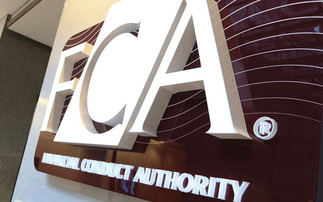The Personal Finance Society (PFS) and Tax Incentivised Savings Association (TISA) are consulting on a protocol designed to provide clarity surrounding the treatment of client relationships between a firm and individual advisers.
The organisations have drawn up a draft document after consulting with a variety of advisers and two law firms, which outlines how advisers and firms should communicate with clients after they part ways.
The principles are based on best practice and are intended to act as a voluntary agreement, asking parties to act in the best interest of consumers rather than fighting out contract covenants in court.
They include allowing advisers to communicate with their clients for up to three months after leaving a firm and to share permitted information with their clients during that period.
Equally, the firm should be allowed to communicate with the clients of its former employee and ultimately the clients should have the right to choose who they wish to work with.
The protocol was initiated by TISA after a string of high profile client ownership court cases including Towry's 2012 action against seven former Edward Jones advisers and their new employer, Raymond James.
The wealth manager had accused them of breaking non-solicitation clauses in their contracts by contacting their former clients after Towry acquired Edward Jones (EJ) in 2009.
The draft document is currently being presented to selected adviser firms for 'fine-tuning' before being finalised and issued more widely.
PFS chief executive Keith Richards (pictured) said the problem of client ownership is likely to exacerbate as retaining the servicing rights becomes a "key commercial consideration" for firms in an evolving service-based world.
He said: "As firms continue to focus on service-based propositions, the risk of conflict between a firm and exiting advisers is likely to increase over time resulting in consumer impact and potentially costly legal bills.
"Prevention is better than cure and whilst ‘best practice' helps to provide a bench mark, it by no means restricts a firm or adviser but should help create transparency and trust to avoid conflict to everyone's gain."
Although a voluntary code, Richards suggested a similar broker protocol developed in the US in 2004 to reduce litigation and forgo the enforcement of restrictive covenants was adopted by many firms.












